| Home |
| Acknowledgments |
| Conventions |
| Glossary |
| Maps |
| References |
| Links |
| Articles |
| Thumbnails |
| Species
list |
| Family |
| Next
species |
Additional Photos
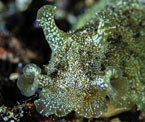
head

underside

side
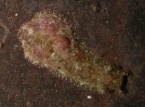
light green
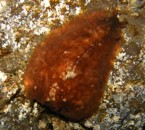
brown
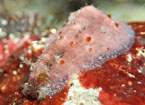
pink

reticulated
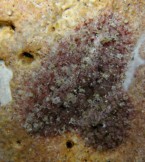
subtidal
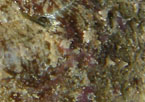
papillae
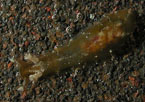
young, 5 mm

resting cluster
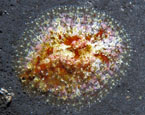
flattened posture
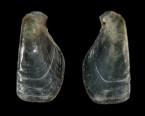
shell
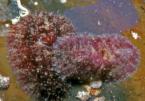
mating & egg mass
_______________
GALLERY

Dolabrifera dolabrifera (Cuvier, 1817)
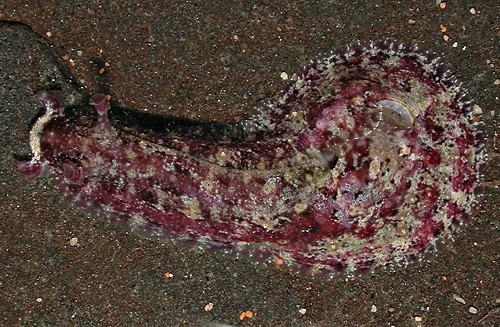
| Maximum size: 80 mm. Identification: This is a flattened sea hare with parapodia closely appressed to the body and two small apertures on the posterior portion. The rhinophores and cephalic tentacles are small and it is variously mottled in brown, red and olive green. Occasionally, it may be uniform brown, pink or reticulated. There are short, sometimes branching, papillae on the notum. (Note 1) Natural history: Dolabrifera dolabrifera is a common species found in the low intertidal and tide pools in rocky areas. It occurs at protected to exposed locations. Occasionally, it may be found subtidally to depths of 9 m (30 ft), usually at more exposed windward sites. It's a nocturnal sea hare that lays egg masses composed of a flattened egg string attached to the bottom of a rock in a tight, zig-zag pattern. (Note 2) Distribution: Big Island, Maui, Molokai, Oahu, Kauai, Niihau, French Frigate Shoals, Pearl & Hermes Reef and Midway (also Johnston Atoll): widespread in the Indo-Pacific. Taxonomic notes: The shell drawing in Kay, 1979 is probably of a juvenile shell from Phyllaplysia cf. lafonti, instead of this species. It's referred to as the "common sea hare" in Hoover, 1998 & 2006. It was probably first reported from Hawaii in Eydoux & Souleyet, 1852 (as Aplysia oahuensis). Dolabrifera olivacea Pease, 1860 is a synonym (Kay, 1979) and it is listed in Edmondson, 1946 and Ostaargard, 1950 under that name. There's a chance that subtidal animals with more elaborate papillae, the brown form and/or the reticulated form could prove to be distinct. (Note 3) Photo: CP: red: 30 mm: Ulua Beach, Maui; March 31, 2006. Observations and comments: Note 1: The less common subtidal animals seem to have more elaborately branched papillae, on average. (see photo). Note 2: The eye spots in this species appear to be at the bottom of shallow, concave depressions that variably reflect blue light. Perhaps, the depressions reflect more blue/UV light onto the spots increasing their ability to detect light intensity/direction at night? Note 3: The brown form has been observed clustering with "normal" animals. |
| Thumbnails |
Species
list |
Family | Next species | Top |